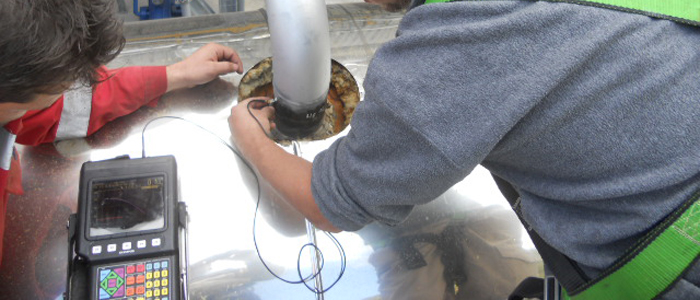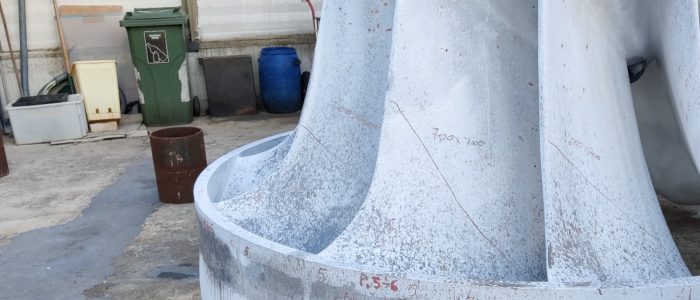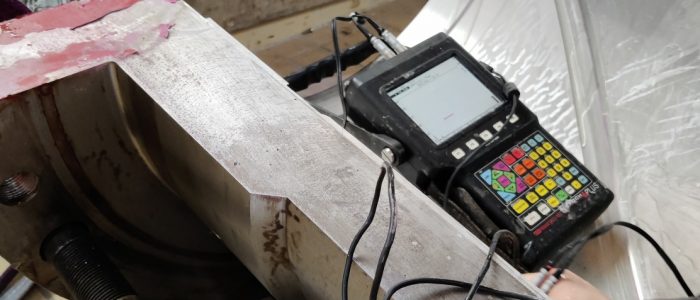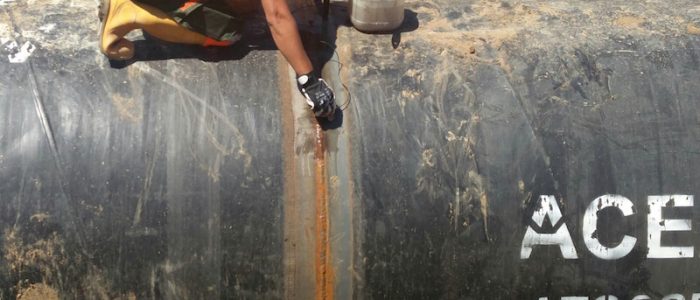Home » Non-Destructive Testing » Ultrasonic testing (UT)
ULTRASONIC
TESTING (UT)
The technique involves the propagation of an ultrasound beam through a device called a transducer. If the presence of a defect is detected, the energy variation due to the presence of a discontinuity will correspond to a different amplitude of echoes displayed in the report.
Ultrasounds, being mechanical waves, have a very strong interaction with matter, especially in the solid state, and are therefore suited to provide a lot of informations about the properties of the medium with which they interact, such as structural organization, porosity, elastic properties, presence of defects.
Speed of the waves’ propagation in the object may vary depending of the material’s acoustic impedance.
CHECKABLE PRODUCTS
Checkable products can be welds, rolleds, forgeds, drawns, castings, castings, plating, etc.
ADVANTAGES
The ultrasonic method, as well as the radiographic method, is characterized first and foremost to be a volumetric control, not limited to areas near the surface of the workpiece. It also offers the possibility to determine the depth and location of defects within materials.
DISADVANTAGES
The method’s limitation is the inability to be applied to materials with high acoustic attenuation or with particular geometries.
AVAILABLE EQUIPMENT
- N°1 GILARDONI RG 21
- N°1 GILARDONI MG 12
- N°1 GILARDONI MG 9
- N°2 GILARDONI MG 7
- N°1 SONATEST MASTERSCAN D70
- N°1 SIUI CTS-9005
- N°1 OLYMPUS EPOCH 4 PLUS (digital)
MAIN REFERENCE STANDARDS
- UNI EN 1712, UNI EN 1714, UNI EN 17640, UNI EN 11666, UNI EN 10308, UNI EN 10160
- ASME V Art. 4, ASME V Art. 5, ASME V Art. 23
- ISO4386





